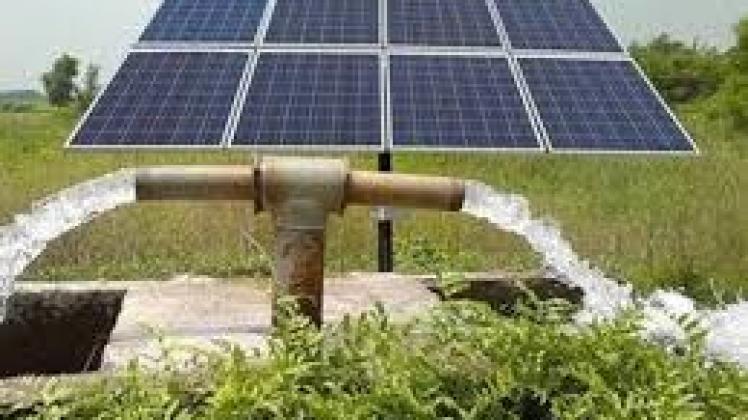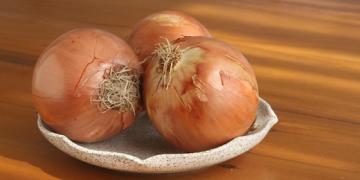Solar-powered irrigation systems: the future of sustainable agriculture
The agricultural sector is undergoing a major transformation with the rise of solar-powered irrigation systems (SPIS).

These systems, which integrate solar photovoltaic technology with traditional irrigation methods, are becoming a cornerstone of sustainable agriculture. They promise efficient water management, lower operating costs and reduced greenhouse gas emissions, making them an essential tool for tackling climate change and ensuring food security.
Market growth and projections
In 2023, the SPIS market was valued at $69.47 million and is expected to grow at a compound annual growth rate (CAGR) of 8.8%, reaching $125.37 million by 2032. This growth is driven by advances in solar technology, increasing government subsidies, and a growing focus on sustainable agricultural practices.
Key players in the SPIS market include:
- Lorentz (Germany)
- Jain Irrigation Systems (India)
- Netafim (Israel)
- Grundfos (Denmark)
- Bright solar energy (China)
Innovative applications and benefits
SPIS technology supports multiple irrigation methods including:
Drip irrigation: For precise delivery of water directly to plant roots.Sprinkler irrigation: For uniform distribution over large surfaces.Surface irrigation: For conventional flooding methods.The advantages of SPIS include:
- Energy Independence: Reduces dependence on the electrical grid or fossil fuels.
- Cost savings: Lower energy and labor costs.
- Environmental benefits: Reduces greenhouse gas emissions.
- Flexibility: Adapts to diverse environmental and geographical conditions.
SPIS is particularly valuable in regions far from the power grid, such as rural farms and areas prone to water scarcity.
Regional and global impacts
SPIS adoption varies globally, with Asia-Pacific, North America and Europe leading the way due to strong government initiatives and supportive policies. For example:
- India: Government subsidies and programs like “PM-KUSUM” are driving its adoption.
- Africa: SPIS is essential to combat water scarcity and promote food security.
- Europe: Focuses on integrating SPIS into climate-smart agricultural practices.
Challenges and opportunities
While SPIS offers numerous benefits, challenges remain, including high initial investment costs and low awareness among farmers. However, these barriers are being addressed through financial incentives, training programmes and advances in solar panel and pump technologies.
Solar-powered irrigation systems represent a sustainable and cost-effective solution for modern agriculture. By enabling efficient water management, reducing dependence on conventional energy sources, and contributing to environmental conservation, SPIS is poised to become a critical tool for global food security. As governments and private actors invest in this technology, the future of agriculture looks brighter and more resilient.
Fuente: potatoes.news




